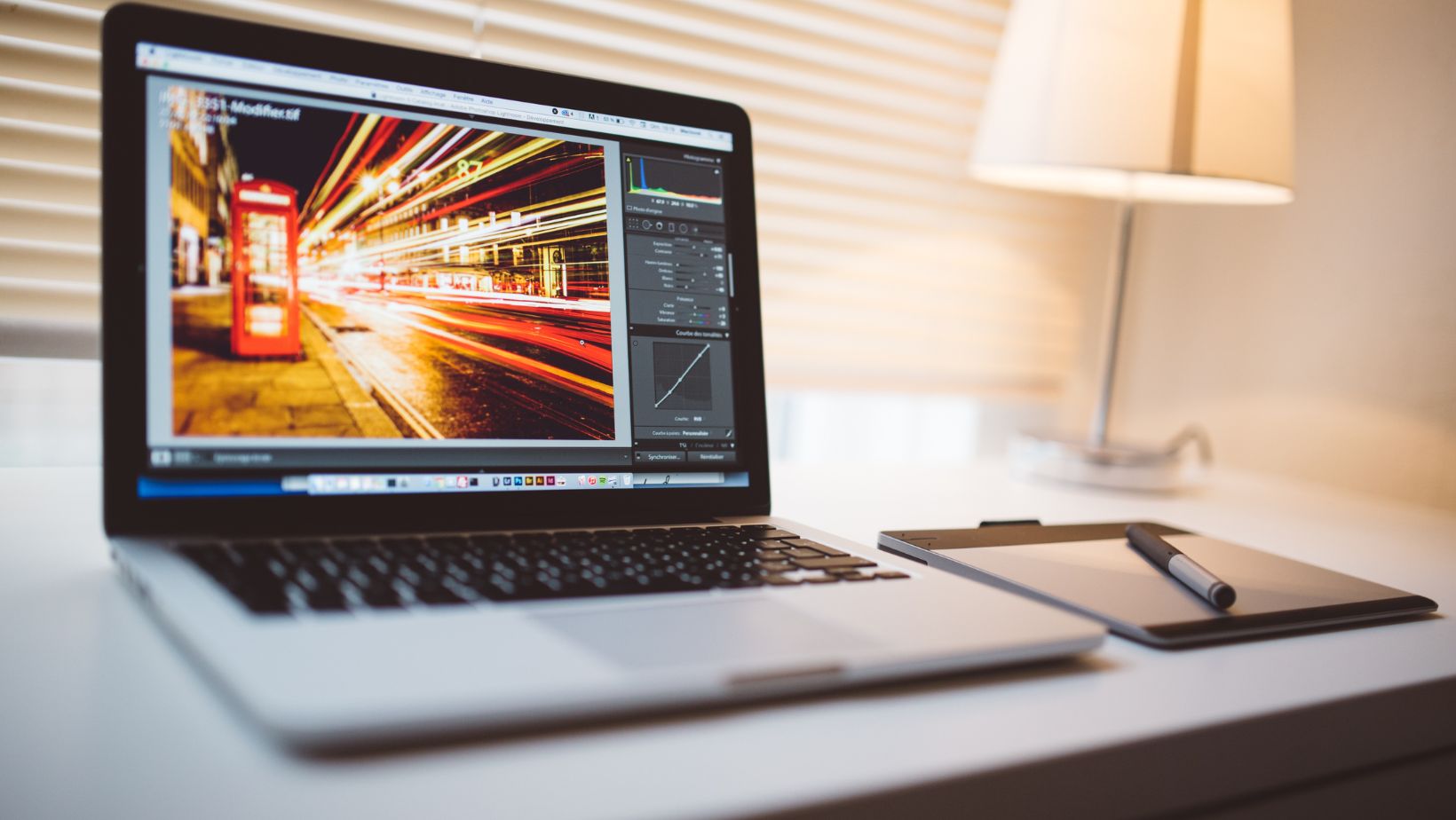Table of Contents
ToggleHow to Add a New Artboard in Illustrator
If you’re looking to add a new artboard in Adobe Illustrator, you’ve come to the right place. Adding an artboard is a simple process that can provide more space for your creative endeavors. In this article, I’ll guide you through the steps to quickly and easily add a new artboard to your Illustrator project.
To start, open your Illustrator document and navigate to the “Artboards” panel located on the right side of the screen. If you don’t see it, go to “Window” in the top menu and select “Artboards” from the dropdown menu. Once you have the panel open, click on the icon that resembles a plus sign at the bottom of the panel. Voila! You’ve just added a new artboard.
Adding multiple artboards allows you to work on different sections or variations of your design within one file. To create additional artboards, simply repeat the process mentioned earlier – click on the plus sign icon in the Artboards panel. You can also adjust their size and position by selecting them with the Selection tool and dragging their edges or using precise measurements in either points or inches.
Now that you know how to add a new artboard in Illustrator, let your creativity run wild! Experiment with different compositions, explore various concepts, and make full use of this versatile feature to bring your designs to life. Whether you’re working on illustrations, logos, or web layouts, having multiple artboards will help streamline your workflow and enhance productivity.

Understanding Artboards in Adobe Illustrator
Artboards play a crucial role in Adobe Illustrator, allowing you to create and organize your designs efficiently. Think of artboards as virtual canvases within the software where you can work on different elements of your project simultaneously. In this section, I’ll provide you with an overview of artboards in Adobe Illustrator.
- What are Artboards? Artboards are like pages in a sketchbook or frames in a comic strip – they provide a designated space for your artwork. Each artboard represents a separate area where you can create and arrange your graphics, illustrations, or designs. By using multiple artboards, you can work on various aspects of your project without cluttering the workspace.
- Creating Artboards To add a new artboard in Adobe Illustrator, navigate to the “Artboard” panel or use the shortcut key Shift + O. Once there, click on the “New Artboard” button or select “New Artboard” from the panel menu. You can then specify the size and position of the new artboard according to your requirements.
- Managing Artboards Adobe Illustrator offers several tools and features to help you manage your artboards effectively. You can rearrange them by dragging and dropping, resize them using the Selection tool or transform options, duplicate existing ones with ease, and even delete unnecessary artboards when they are no longer needed.
- Organizing Your Workflow One advantage of using multiple artboards is that it allows you to streamline your design process by organizing related content together. For example, if you’re creating a brochure with multiple pages or designing various versions of a logo concept side by side, each page or version can have its own dedicated artboard for easy access and editing.
- Exporting Your Designs Once you’ve finished working on your designs across multiple artboards, it’s time to export them for sharing or printing purposes. With Adobe Illustrator, you can export each artboard individually or save them all as a single file. This flexibility ensures that your designs are preserved and ready for use in different formats.
In conclusion, understanding artboards in Adobe Illustrator is essential for efficient design workflow. By utilizing artboards effectively, you can organize your work, experiment with different ideas, and create cohesive designs without cluttering the workspace. So next time you embark on a design project using Adobe Illustrator, remember to leverage the power of artboards to enhance your creative process.






